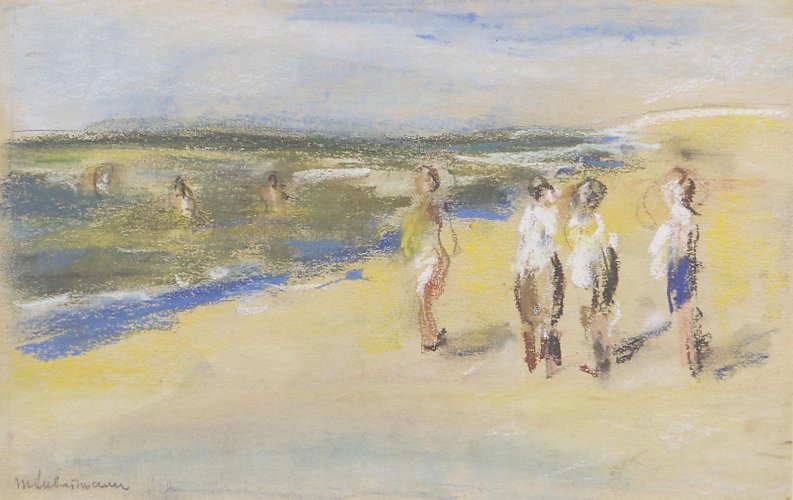Rarely shown masterworks on paper
German Impressionism has been examined often, but the focus was generally on painting and its French forerunners. The exhibition From Liebermann to Nolde is extensively devoted to the medium of paper, and acknowledges the pioneering role played by Impressionist drawings, watercolours, pastels, prints and photographs in the development of modern art in Germany.
Working on paper enabled the Impressionists to pursue their interest in the portrayal of light and atmosphere, movement and ephemerality with particular spontaneity. Paper became an attractive field of experimentation for a sketch-like, abstracting visual language that departed from the naturalism of the 19th century and paved the way for important modernist tendencies.

Kunstkreis Berlin GbR, photo: Julia Jungfer, Berlin
The exhibition brings together around 100 rarely shown masterpieces on paper and some additional paintings from the 1880s to the 1920s: works by Lovis Corinth, Ernst Eitner, Anna Gerresheim, Thomas Herbst, Arthur Illies, Heinrich Kühn, Max Liebermann, Otto Modersohn, Emil Nolde, Otto Reiniger, Christian Rohlfs, Maria Slavona, Max Slevogt and Lesser Ury.
